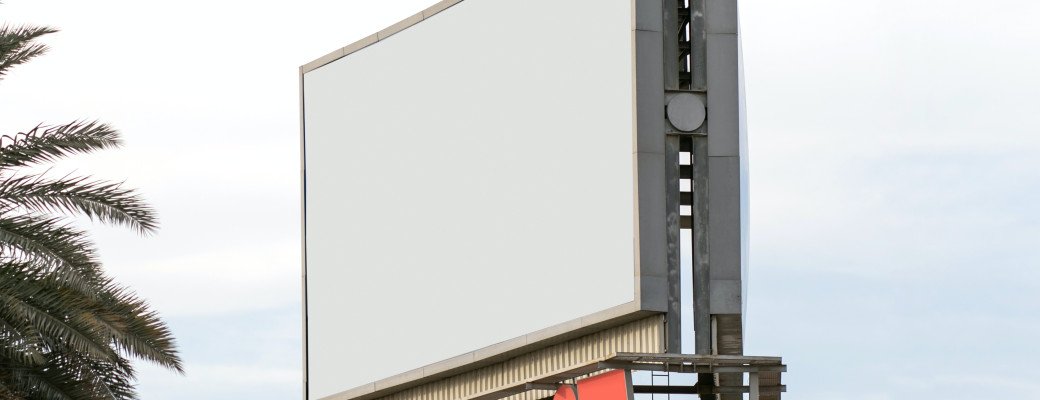
Did you know that in today's society, our brains process an average of one hundred and twenty thousand stimuli a day versus "only" twenty-five thousand in the Middle Ages? For you as a business, this means that attracting customers' attention is becoming increasingly difficult. Stimuli are coming from all different directions: social media, advertisements, news ... In this article, we explain how you can stand out in the masses of stimuli and information.
Getting customers' attention is much easier with personalized communication. This one-to-one communication is obviously more complex, laborious, and expensive to set up than unpersonalized, one-to-many communication. But you will quickly see that personalized communication is worth its money and effort.
Thanks to new and greatly improved production techniques such as digital printing, inkjet, embroidery or laser; personalized communication is very accessible.
Digital printing is a printing technique in which the printing process takes place directly from a digital file. No physical printing plate is required as in traditional printing techniques.
Inkjet is a widely used printing technology, where small droplets of ink are sprayed onto the paper to produce an image or text. The ink is applied to the paper by tiny nozzles on the print head, which spray the ink onto the paper in small droplets.
Embroidery is not a printing technique, but rather a decorative technique that uses thread or yarn to create designs on textiles. In embroidery, the design is formed by applying stitches in different patterns and colors, creating a relief effect.
Laser printing uses a laser beam to print text and images on paper or other materials. The process involves drawing the image onto an electrostatic drum with toner and then fixating the toner on the paper with heat. Laser printers are fast and efficient and are often used in office environments and for marketing materials, such as brochures.
There are also hybrid print productions in which the base of the printed material is identical for each recipient. This is produced using a production technique that is inexpensive for large runs, such as offset printing, but where details or specific pages are (almost) uniquely filled in by a production technique that allows individual printing on a piece-by-piece basis. This way, personalized printing becomes cheaper.
Why should you choose tangible media in personalized communication?
Research conducted by the PPAI (Promotional Product Association International) shows that promotional products are very effective. Here are some figures that support this:
You can see from these figures that personalized tangible products are very effective as a communication tool. Give it a shot and check out our range of personalizable products! If you would like to learn more about personalized products read 'The power of promotional products'. Or maybe you're more interested in haptic advertising and how it revolves around advertising?